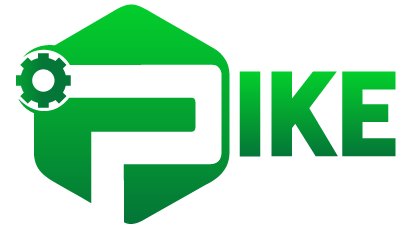Automated motion control systems in the industrial sector
Automated motion control systems are at the heart of the transformation in modern industrial processes. They precisely regulate the movement of machines, robots and other equipment in a wide range of sectors, from manufacturing to logistics. By integrating advanced technologies, these systems ensure optimized performance, higher productivity and reduced human error.
How the automated motion control systems work
These systems use actuators (such as electric motors) and sensors to control the positioning, speed and direction of a mechanical device. Motion control is usually provided by programmable regulators and controllers, which adjust in real time the parameters required to achieve the desired position or state. In other words, these systems enable a machine to move with extreme precision, often at very high speeds.
Controllers use complex algorithms to constantly monitor movements and make precise adjustments. This may involve actions such as rotation, translation or synchronization across multiple axes.
Applications in various industries
- Automotive :
Welding and assembly robots require automated motion control systems to perform tasks with extreme precision and repetition accuracy. - Manufacturing:
In production lines, motion control enables precise positioning of tools for operations such as machining, 3D printing, or component assembly. - Logistics:
In automated warehouses, these systems are essential for managing pallet movement, inventory management or order picking. - Aerospace and defense:
Motion control systems are used to manufacture high-precision parts and manage complex processes.
Advantages of automated motion control
- Precision and repetition:
These systems enable extremely precise movements, essential for applications such as the assembly of microelectronic parts or the production of complex automotive parts. - Increased productivity:
Thanks to their ability to operate at optimum speeds without interruption, these systems maximize production rates while minimizing human error. - Safety:
By enabling real-time adjustments and avoiding human error, motion control systems ensure safer operation of machines and industrial processes.
Challenges and innovations
Ongoing challenges include the need to make these systems more intelligent and capable of reacting to unforeseen conditions, such as variations in load or speed. Integration with emerging technologies, such as artificial intelligence (AI) and the Internet of Things (IoT), paves the way for even more adaptive and autonomous motion control systems. These innovations make it possible to predict maintenance requirements and optimize the production process in real time.
Future prospects
Automated motion control systems will continue to play a key role in the implementation of Industry 4.0. Their ability to connect to smart networks and integrate into more complex systems will enable the creation of increasingly flexible and adaptable factories. What’s more, with the rise of collaborative robots (cobots) and autonomous processes, these systems will become even more essential for future production, with real-time learning and adaptation capabilities.
In short, automated motion control systems are essential components of modern industry. Their role in optimizing performance, reducing costs and improving safety makes them an indispensable asset for companies seeking to stand out in a competitive environment.


